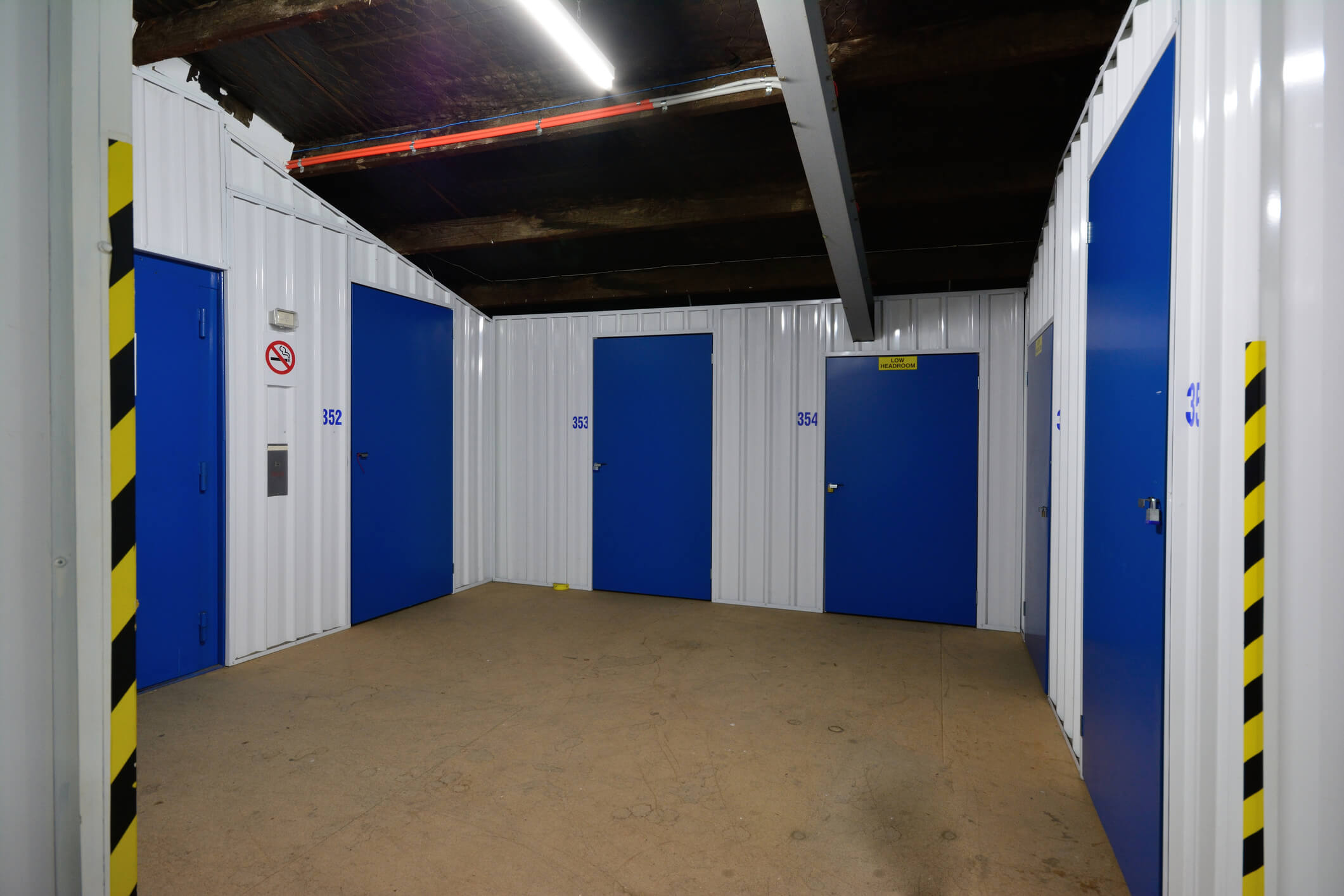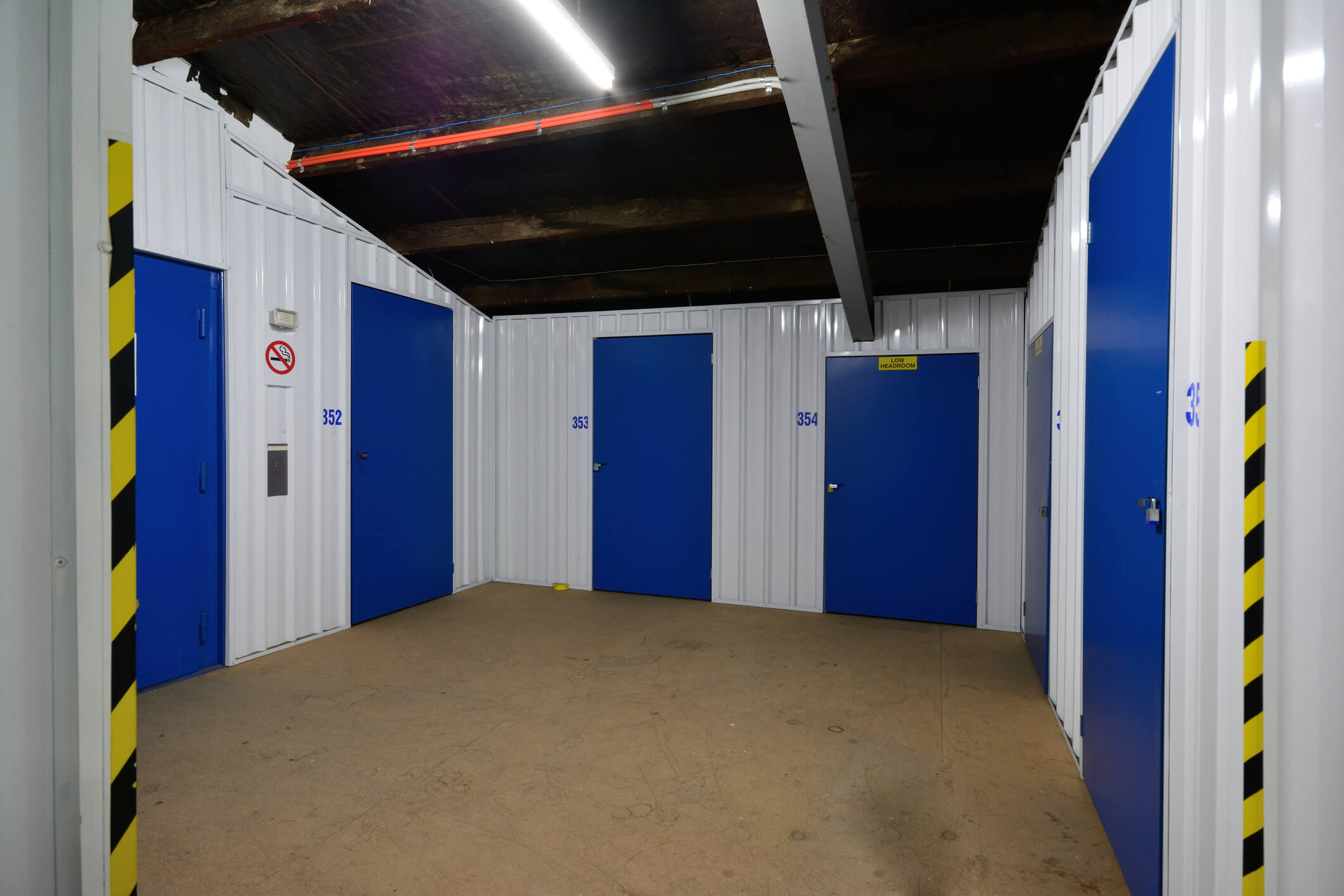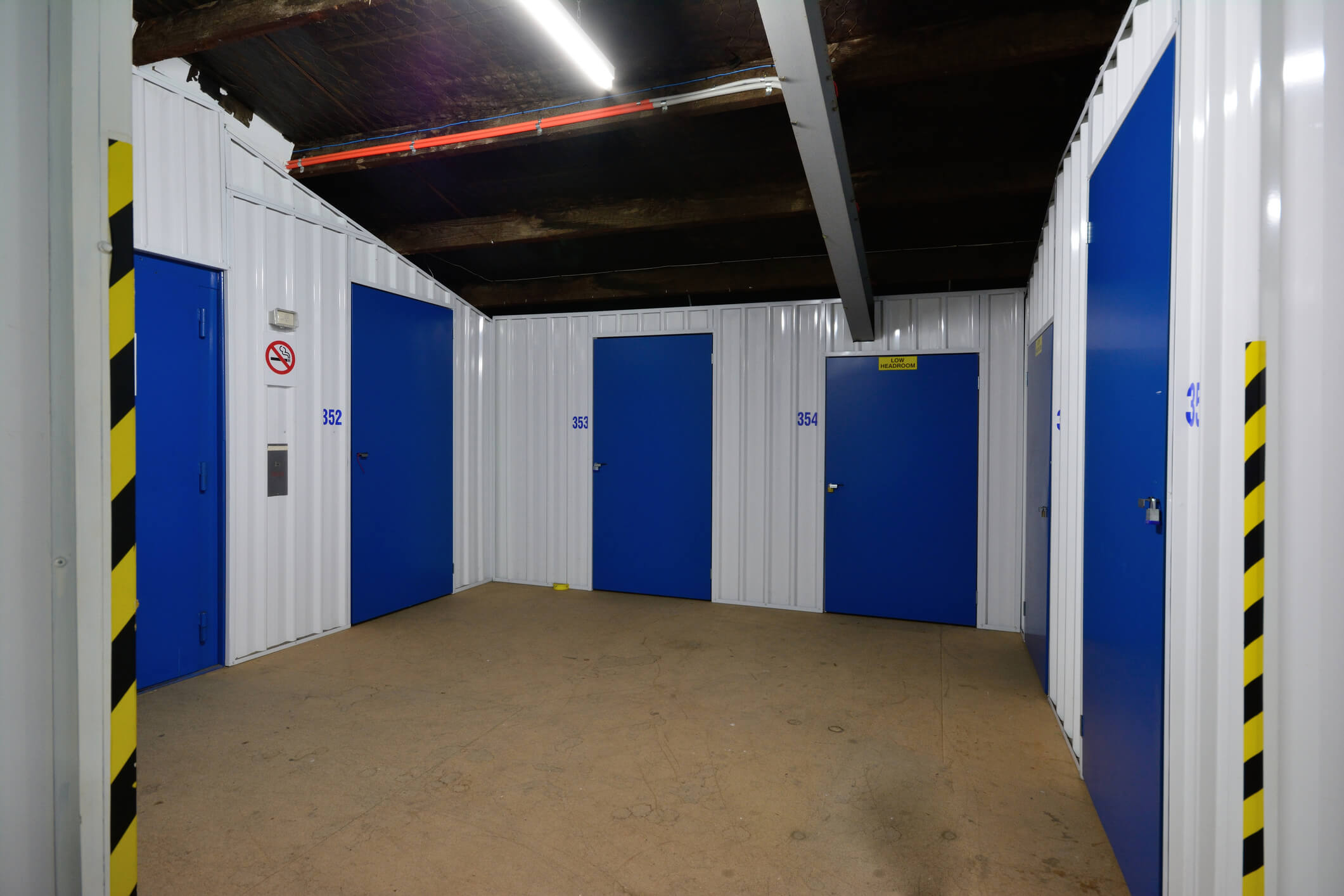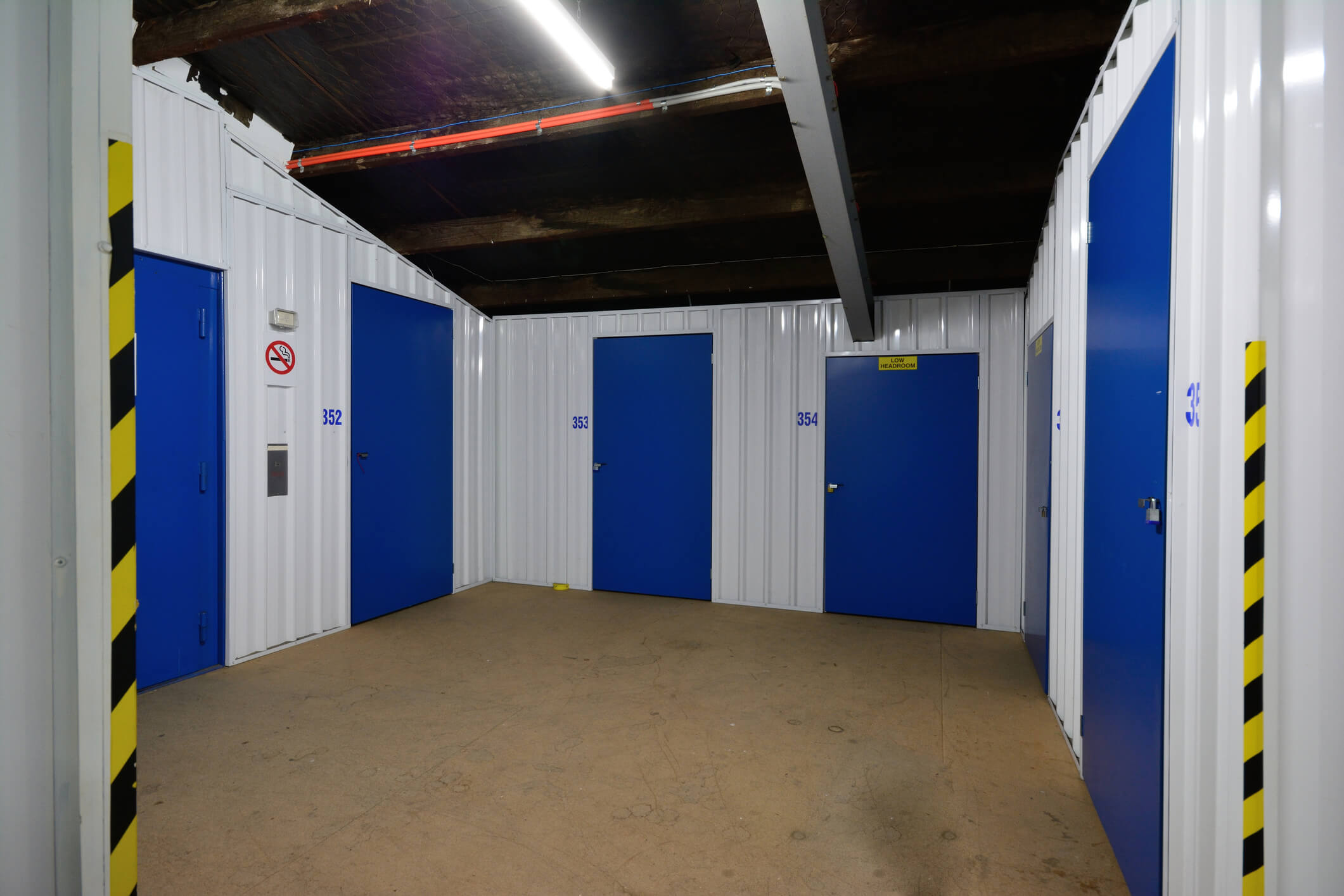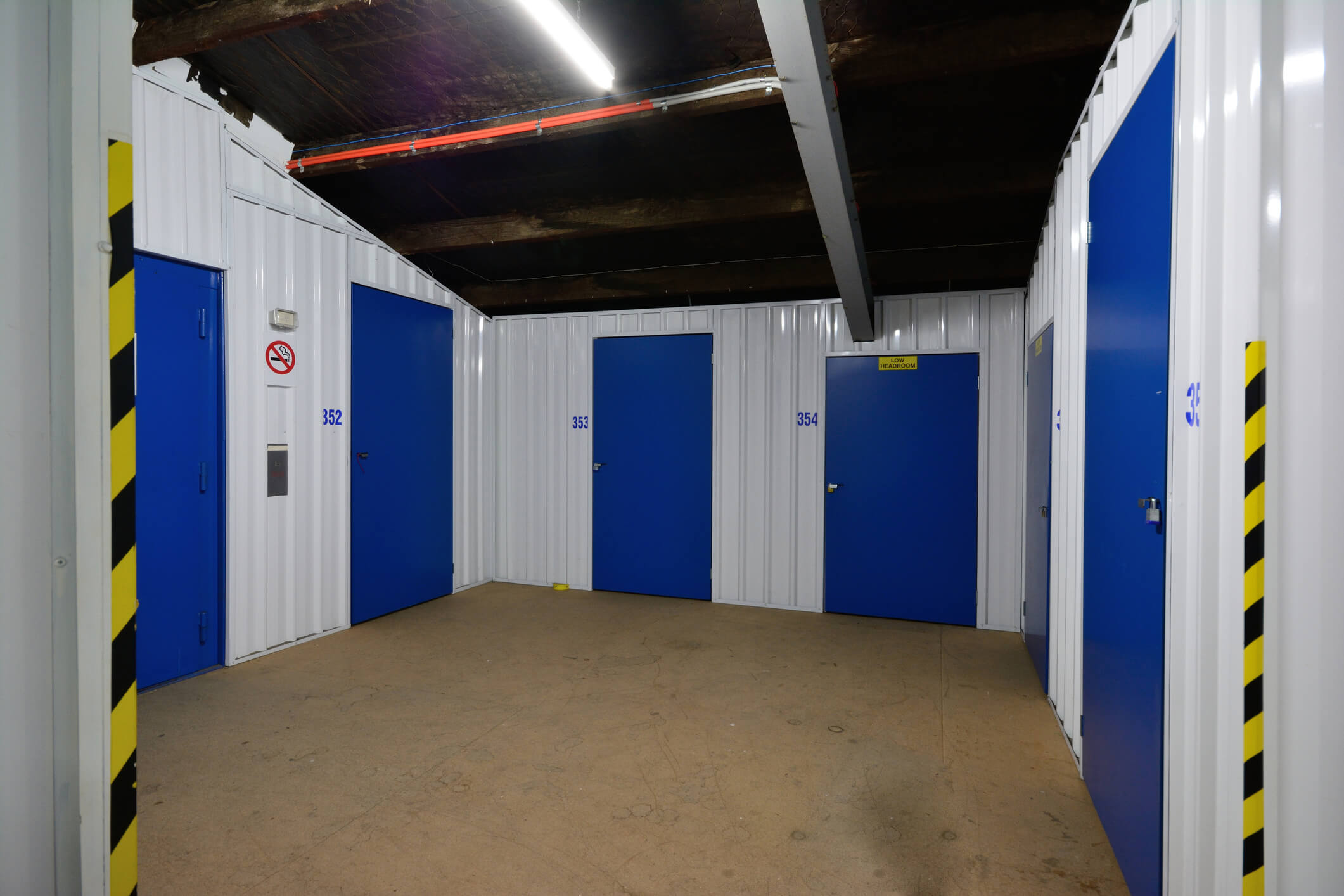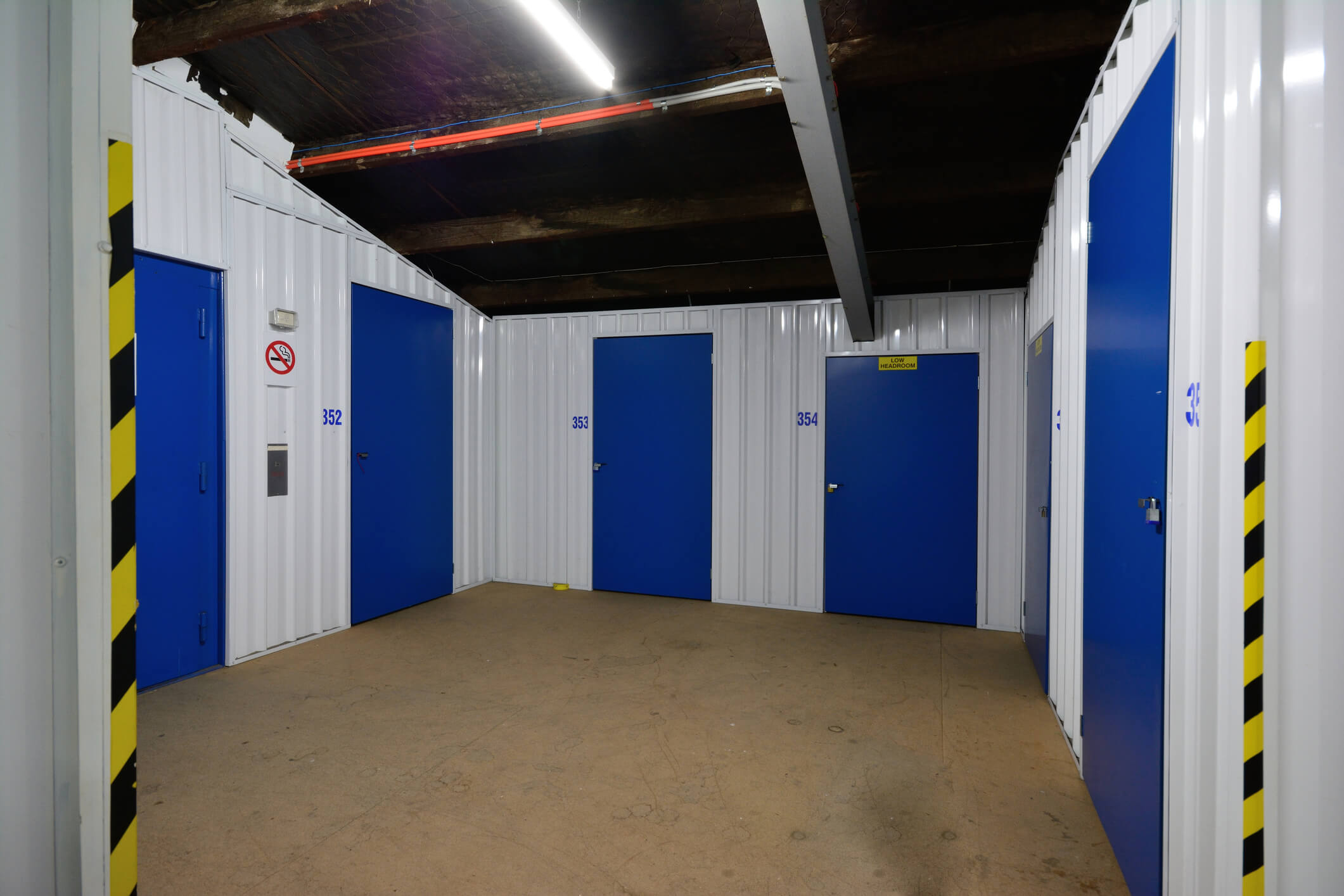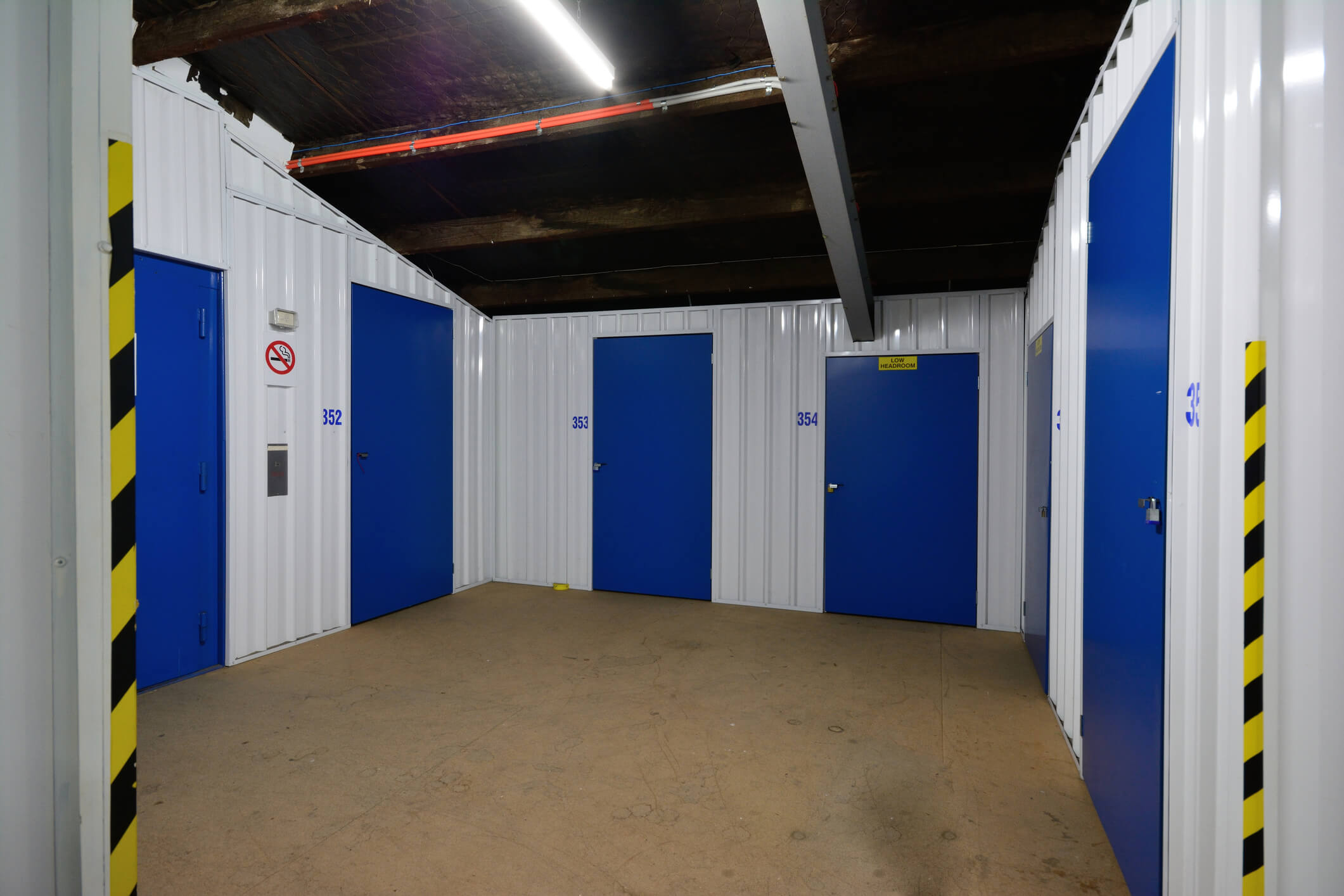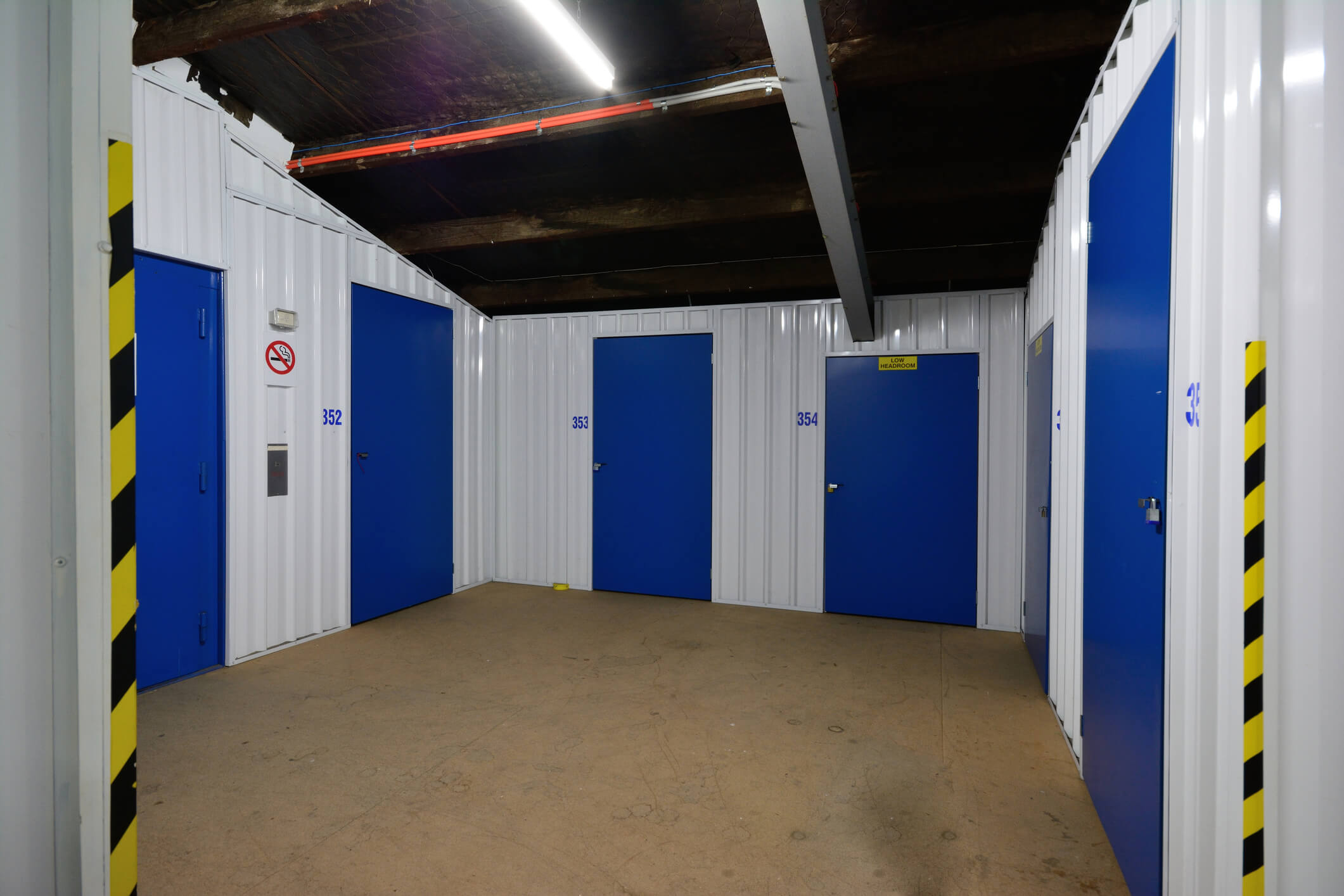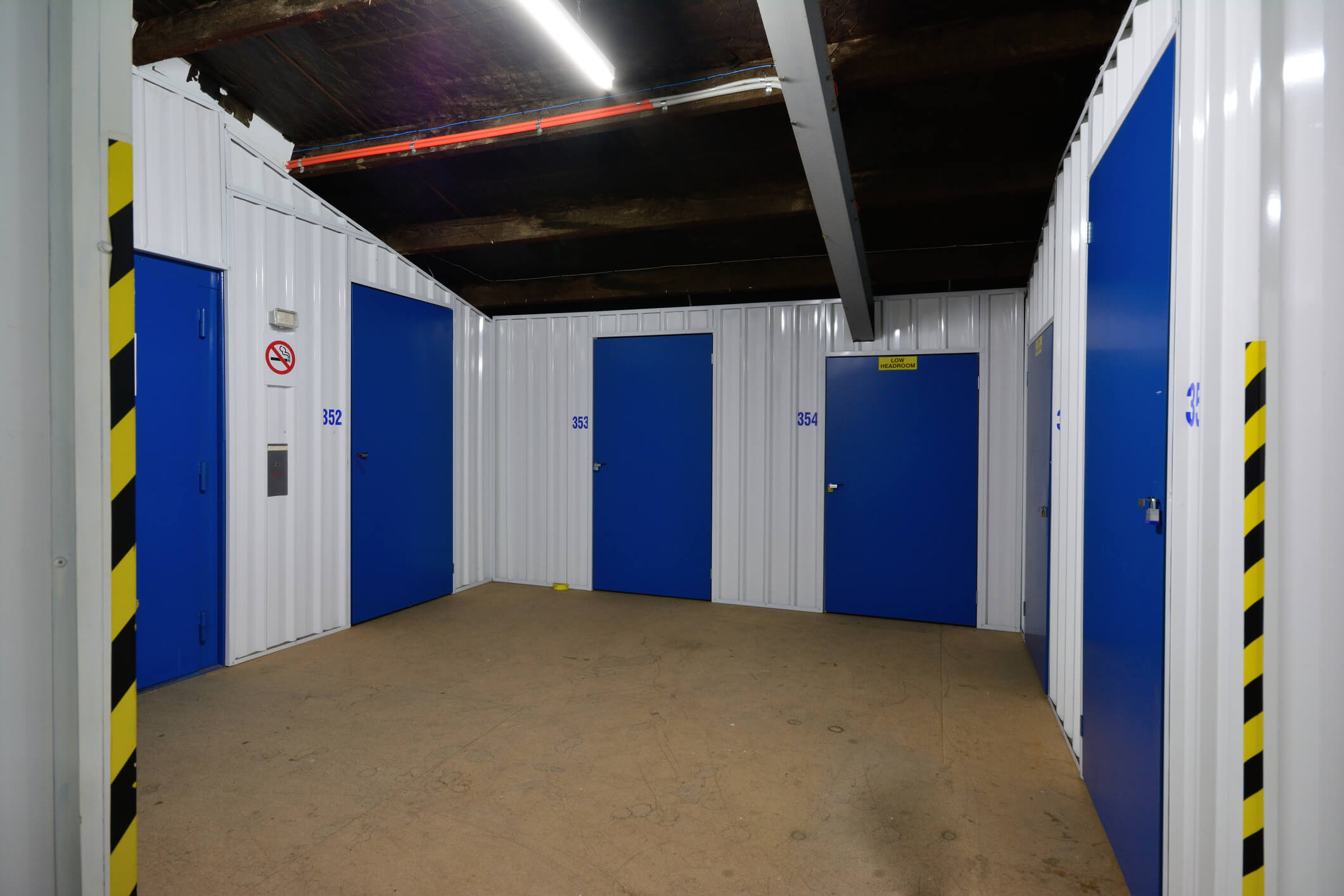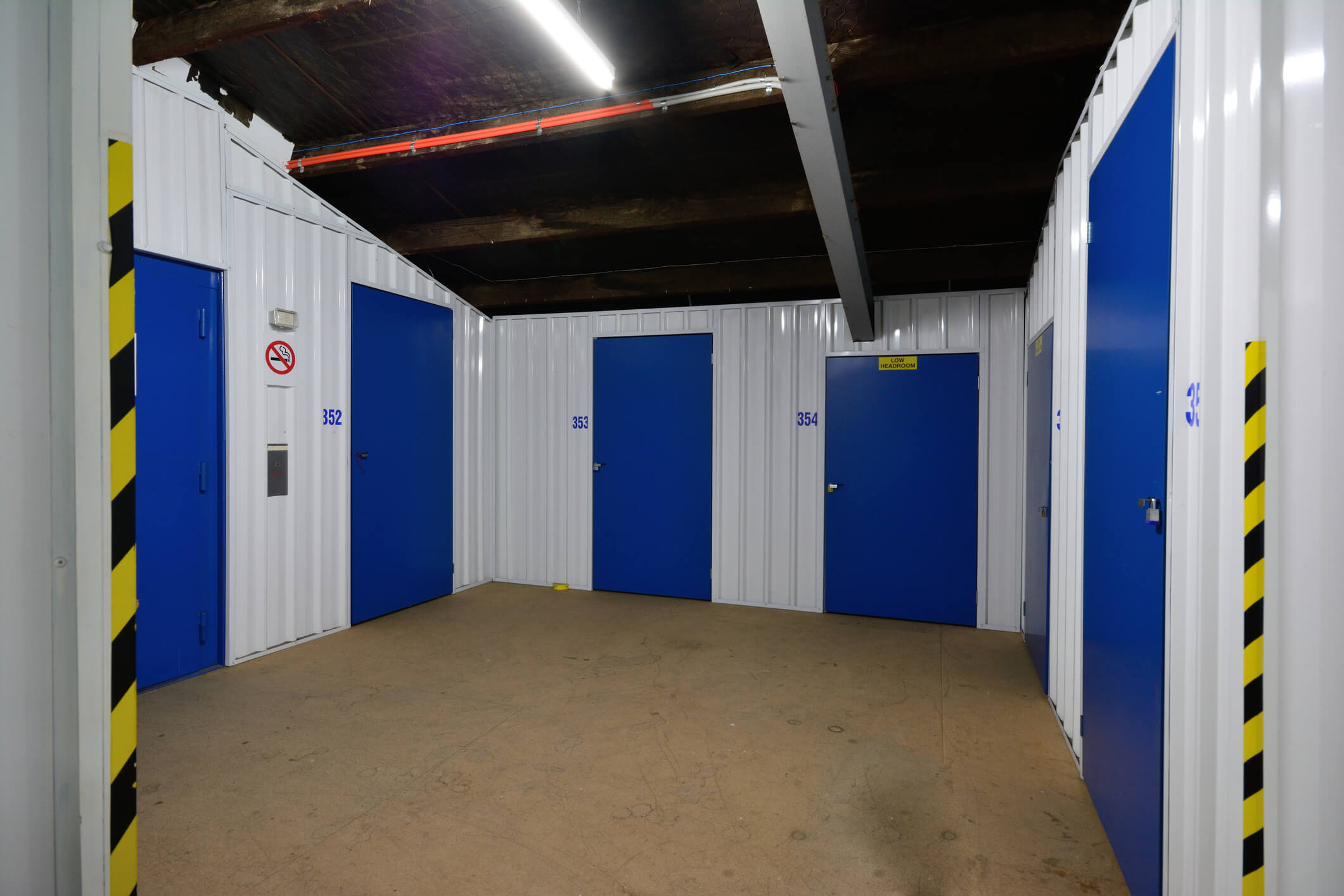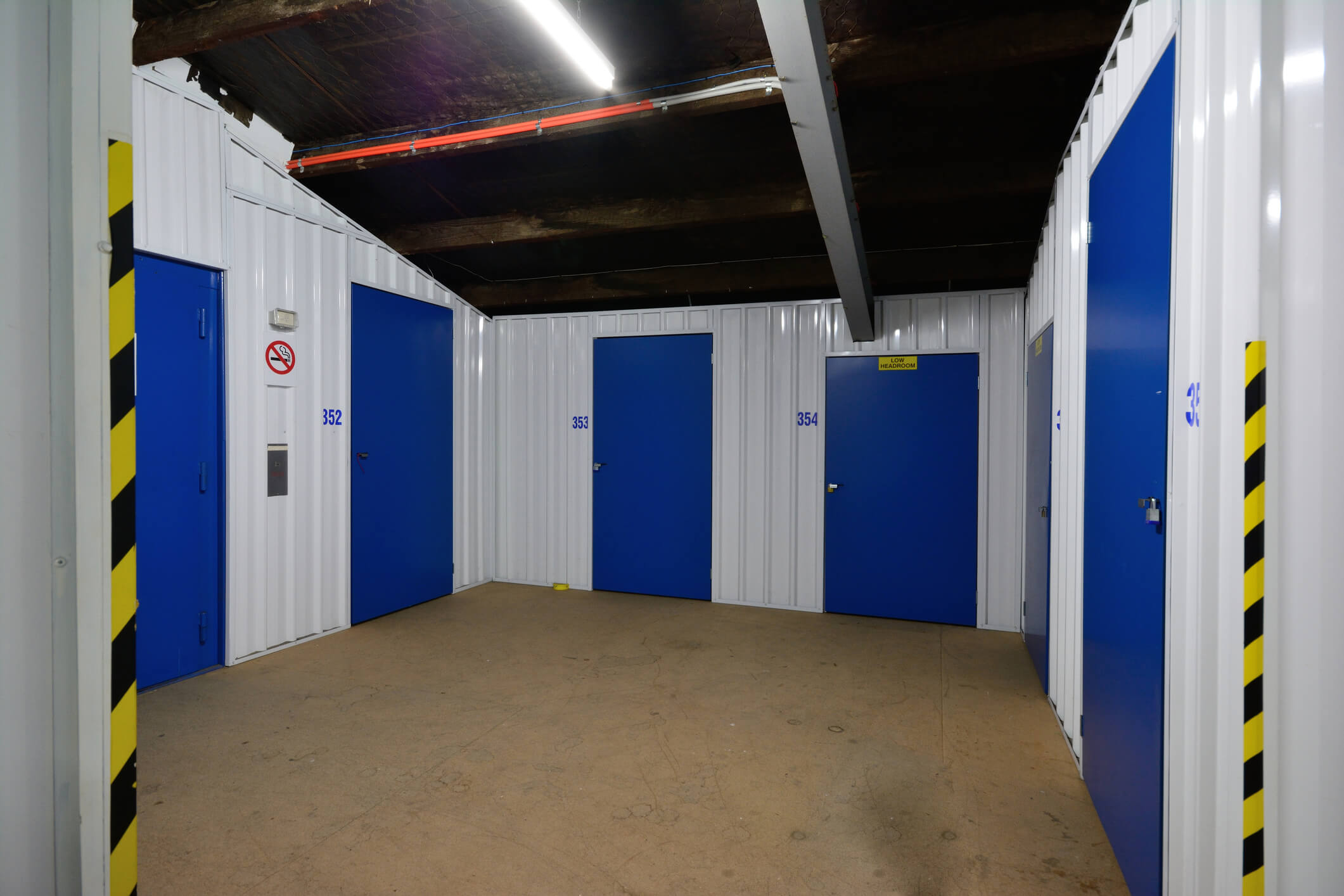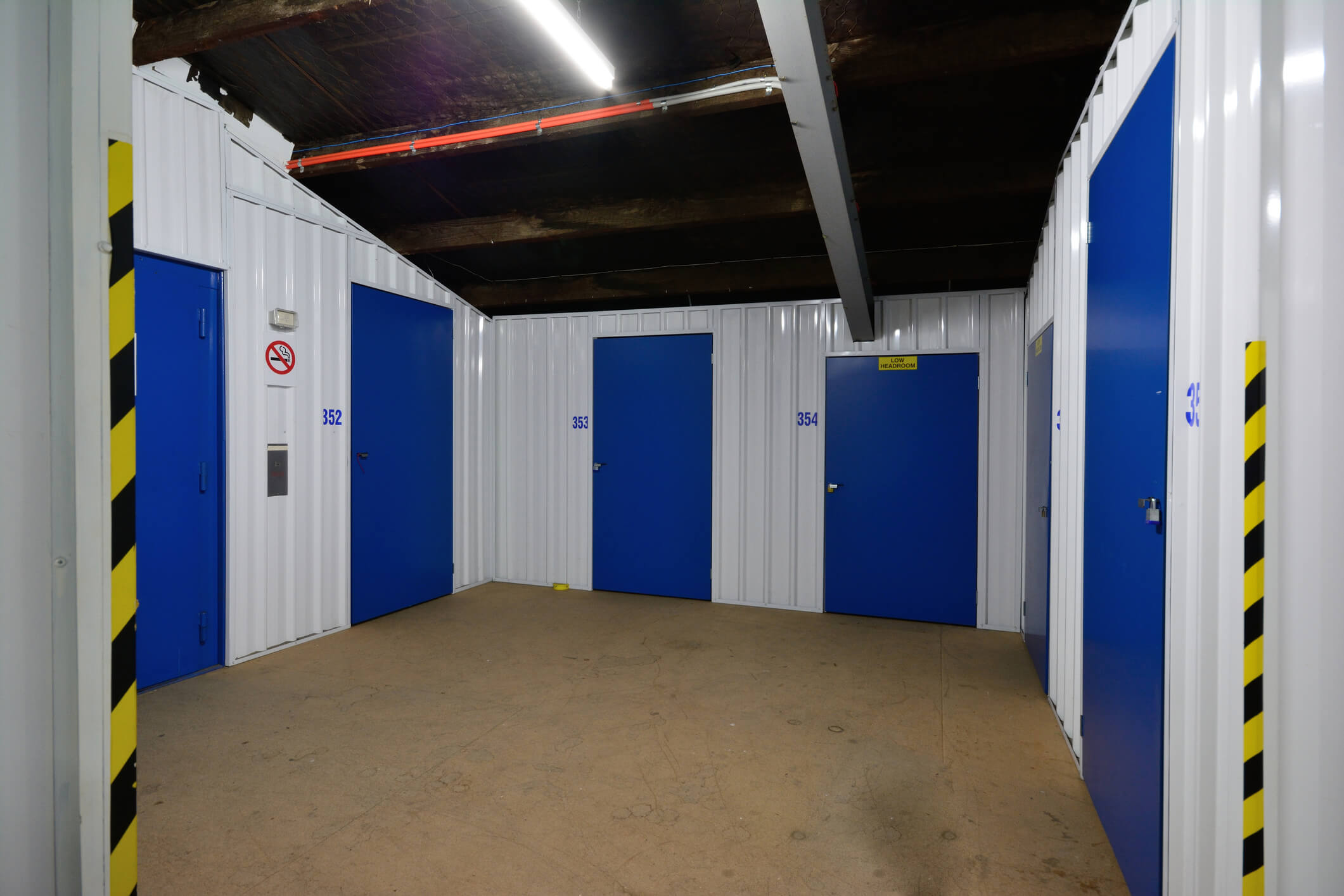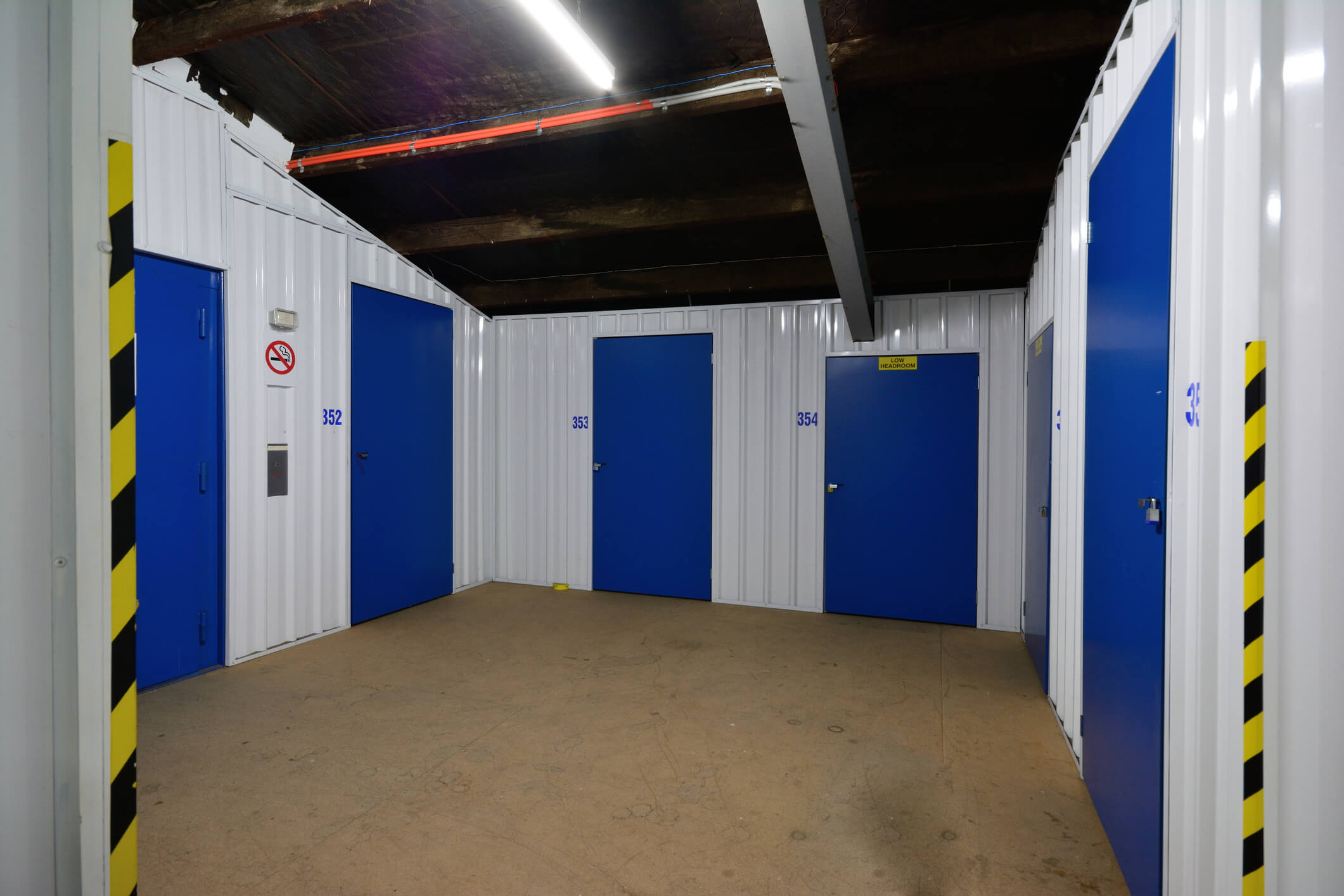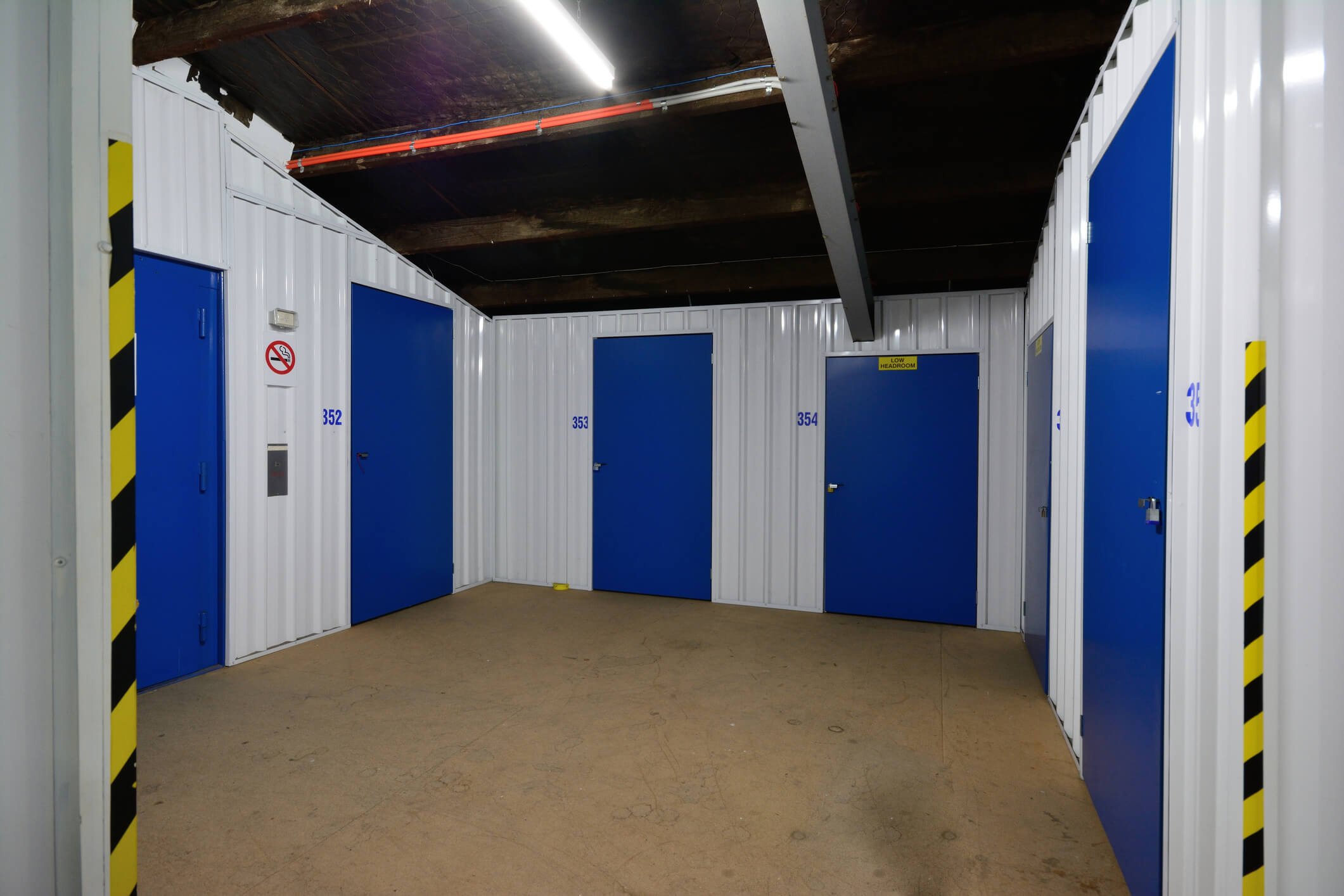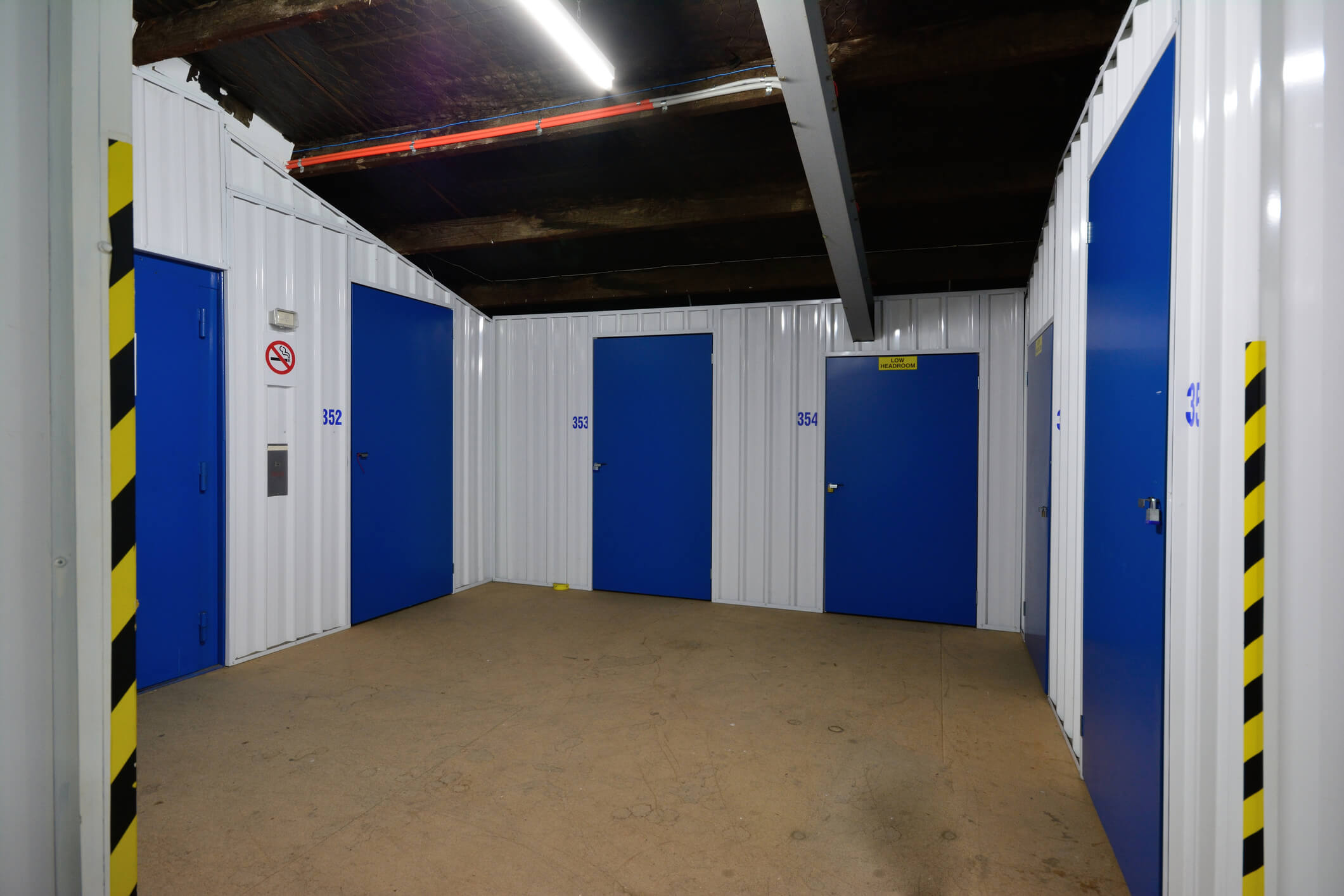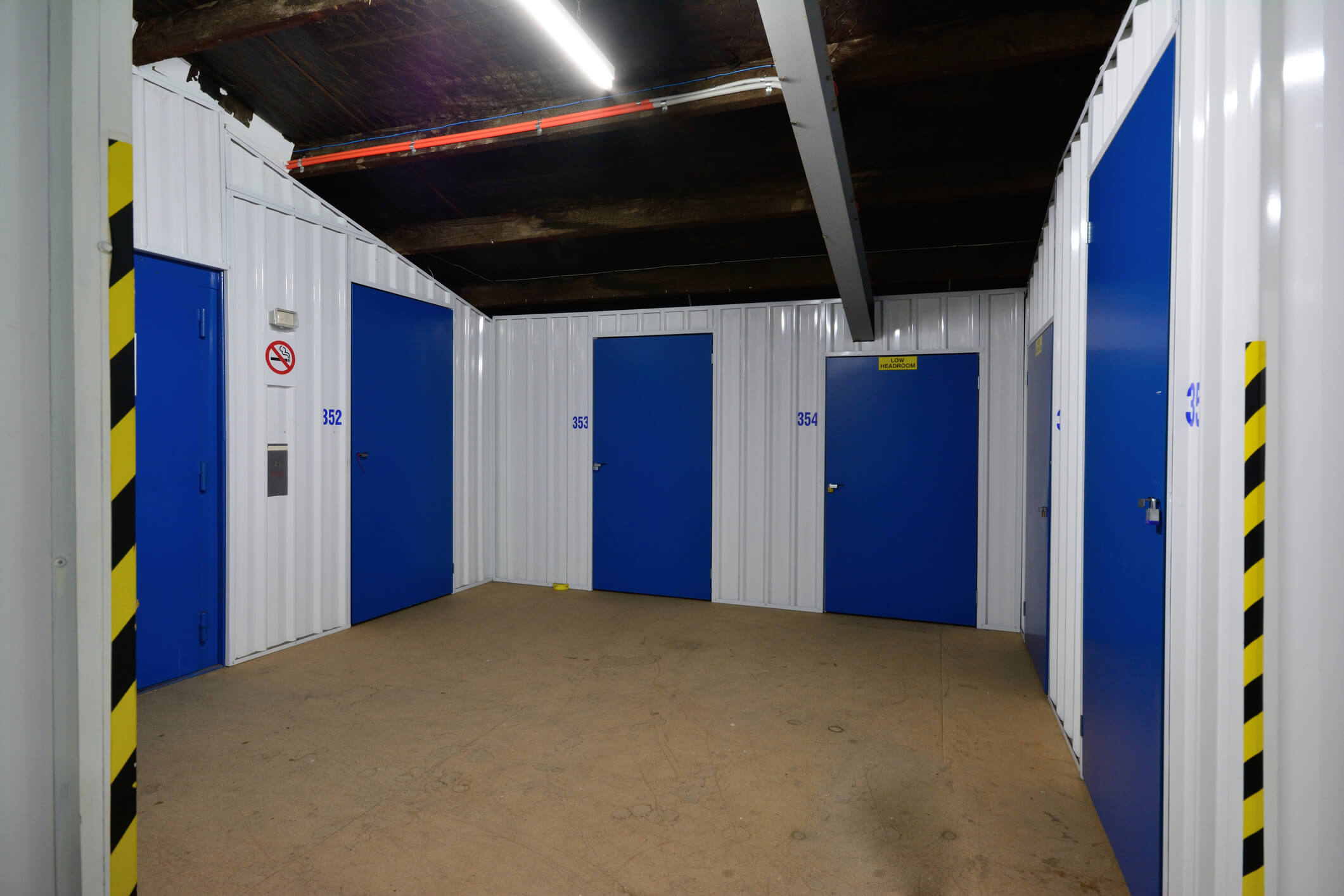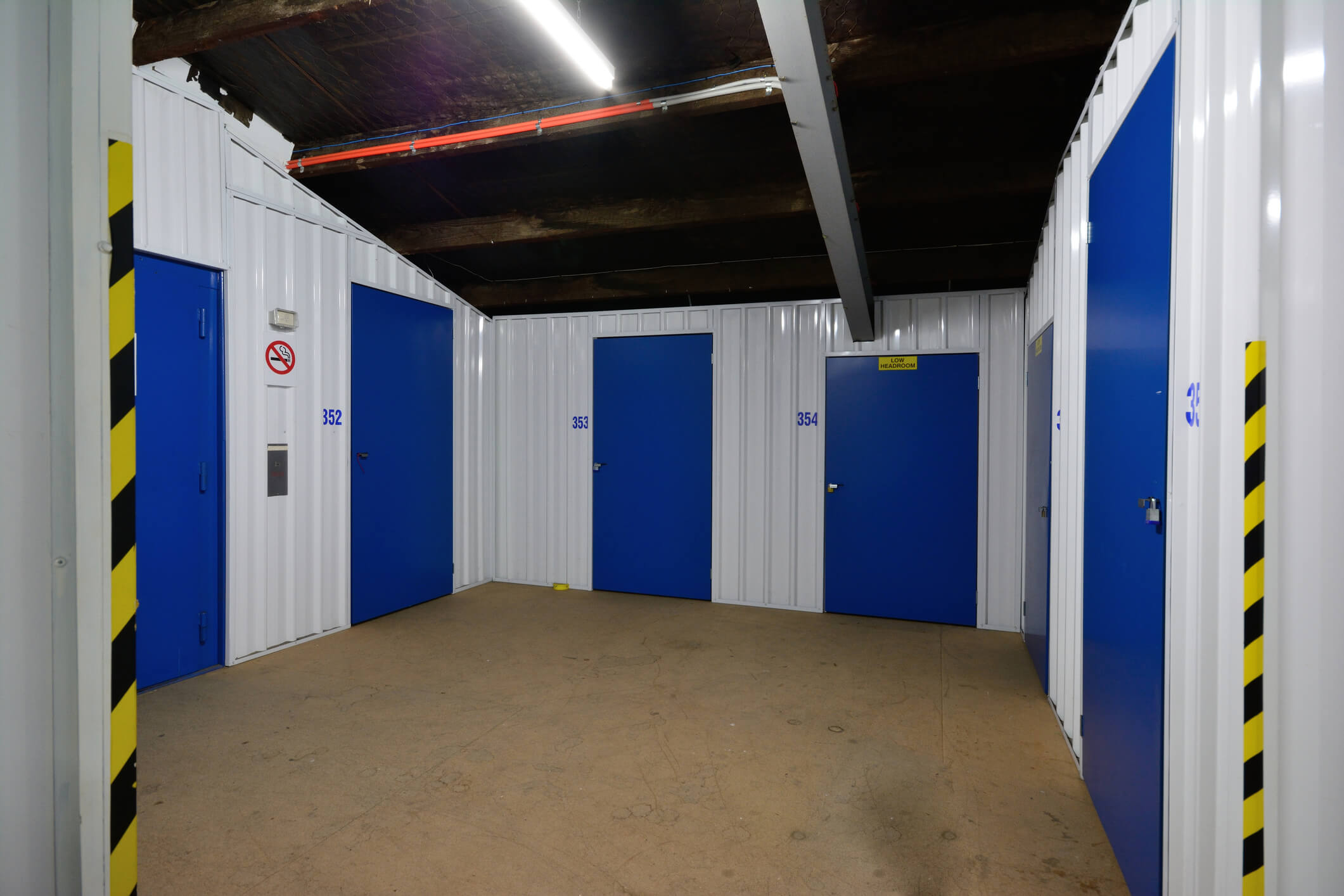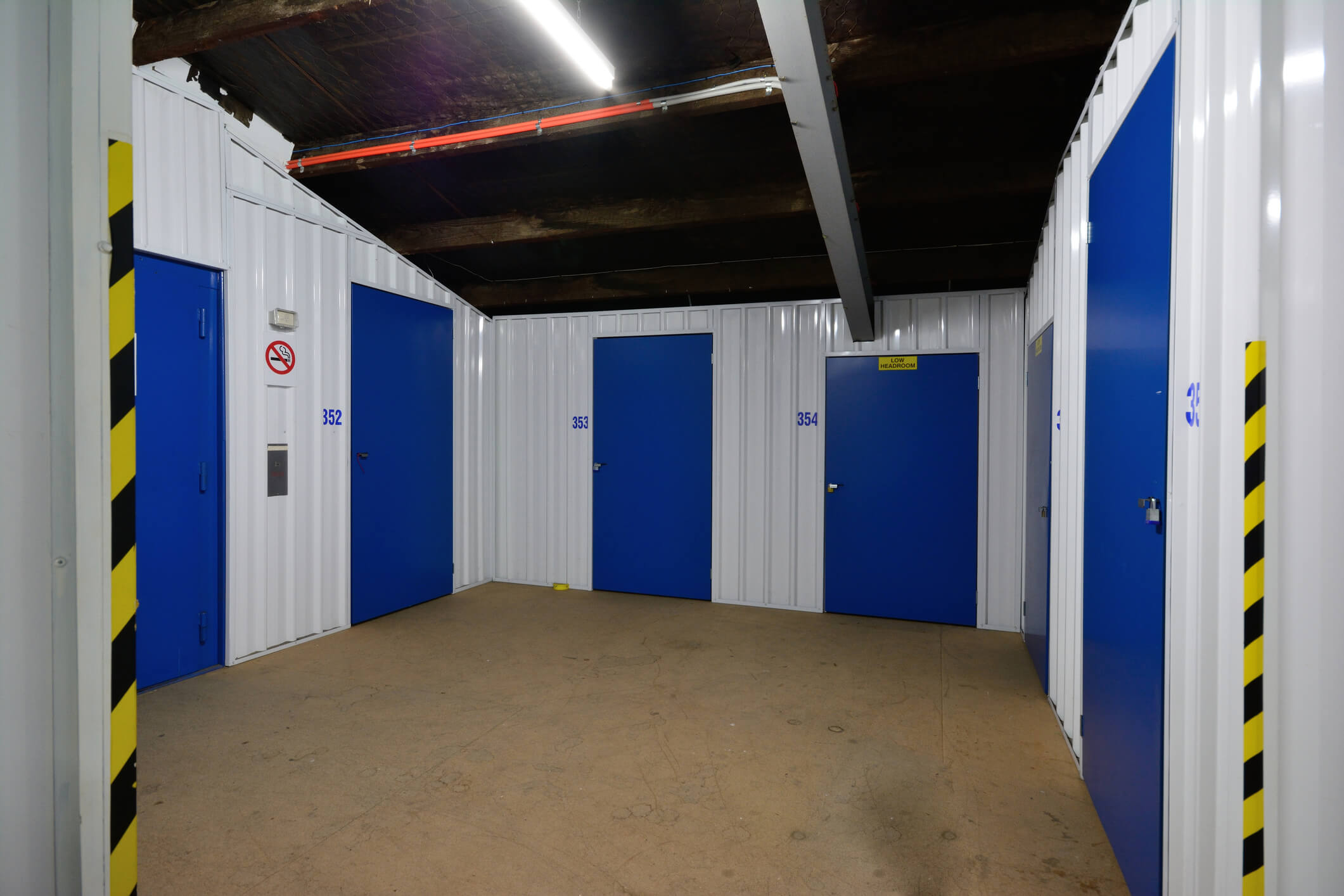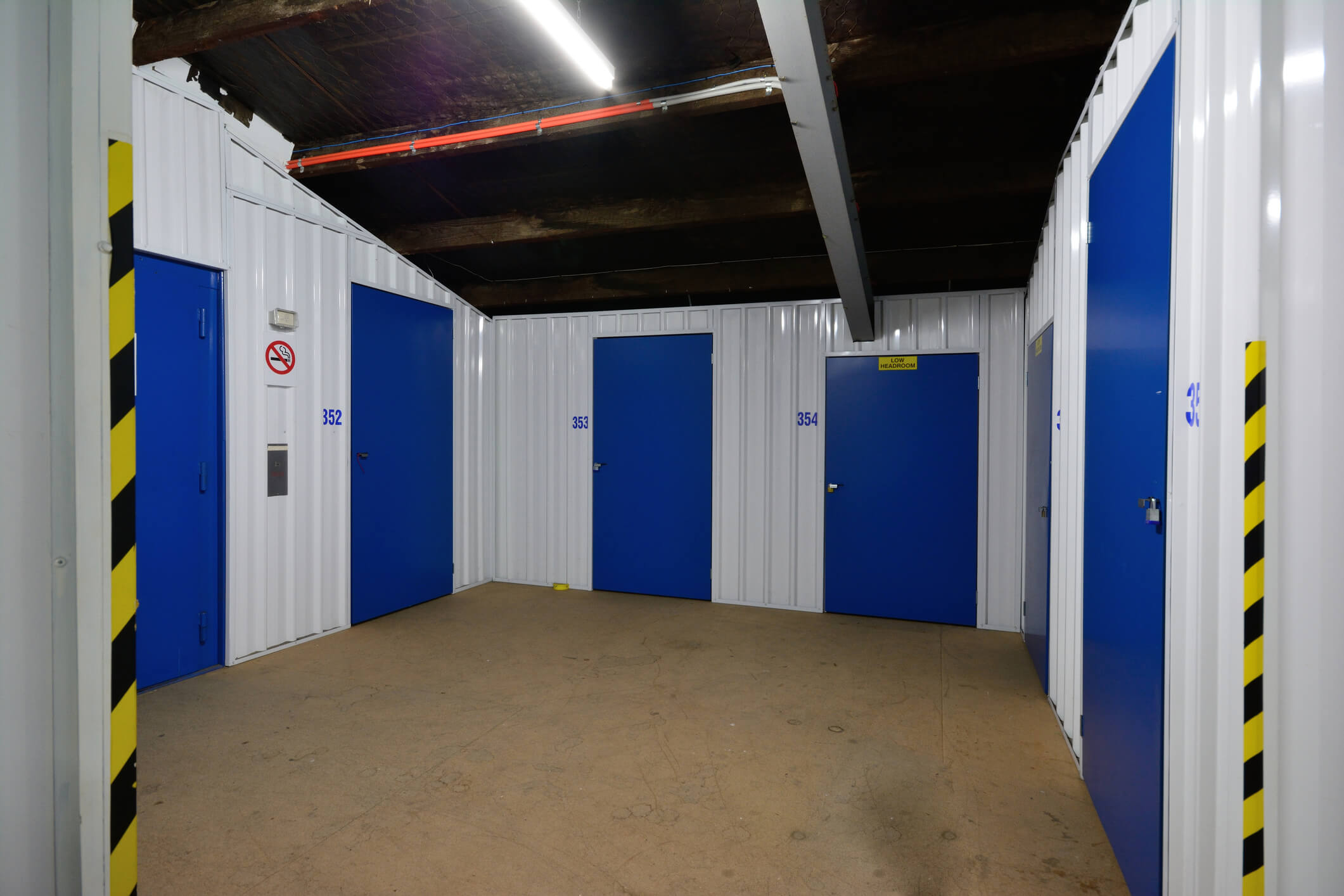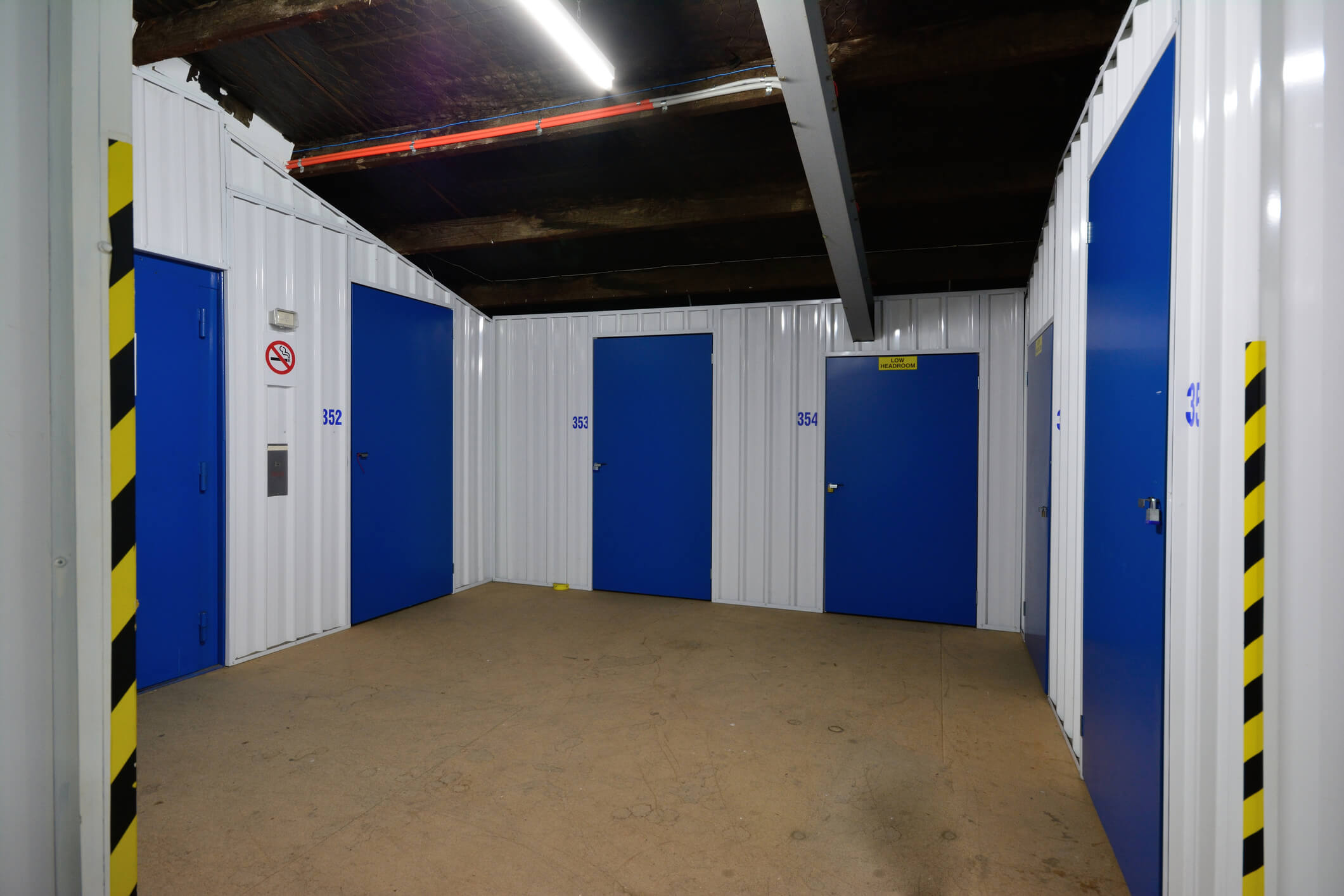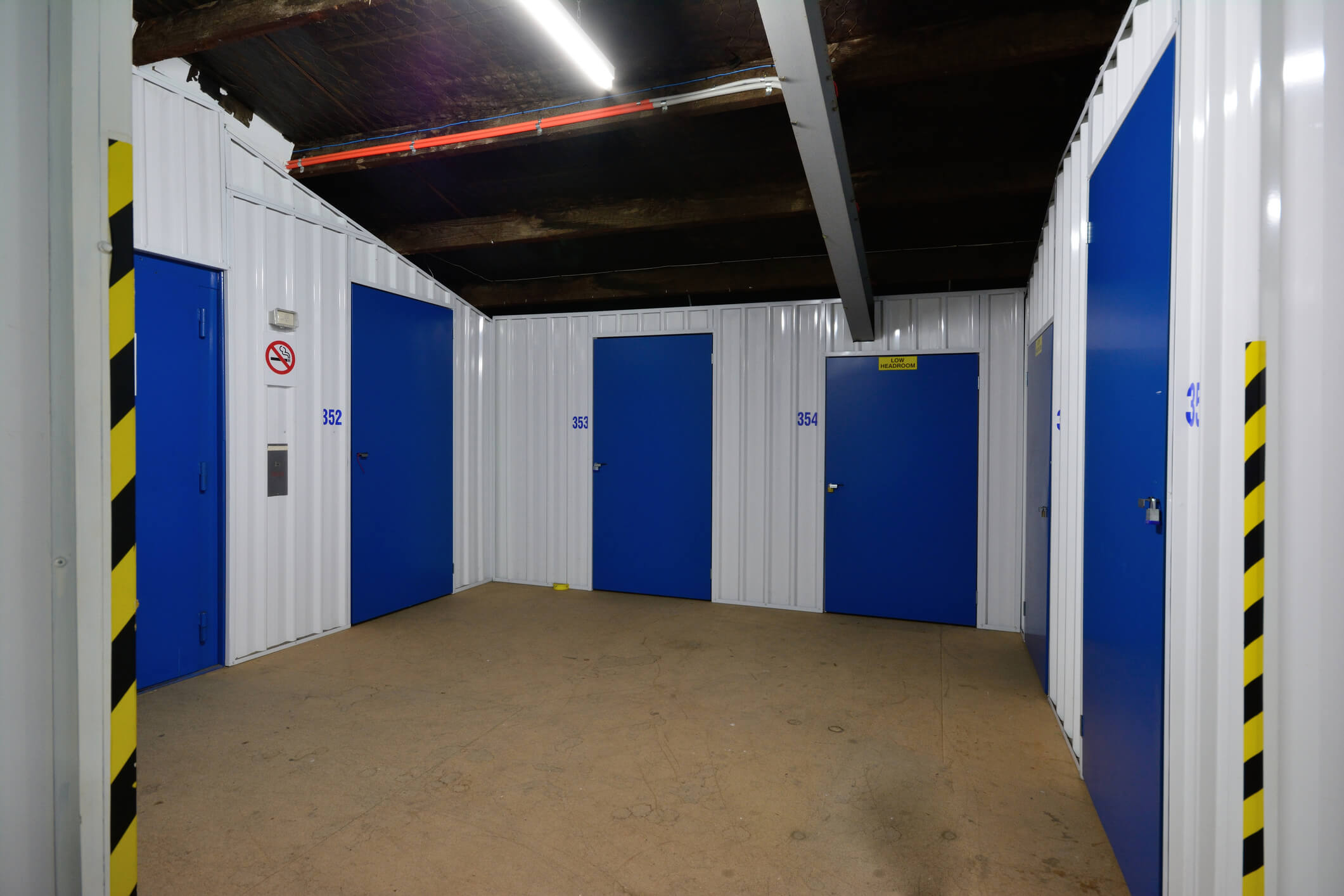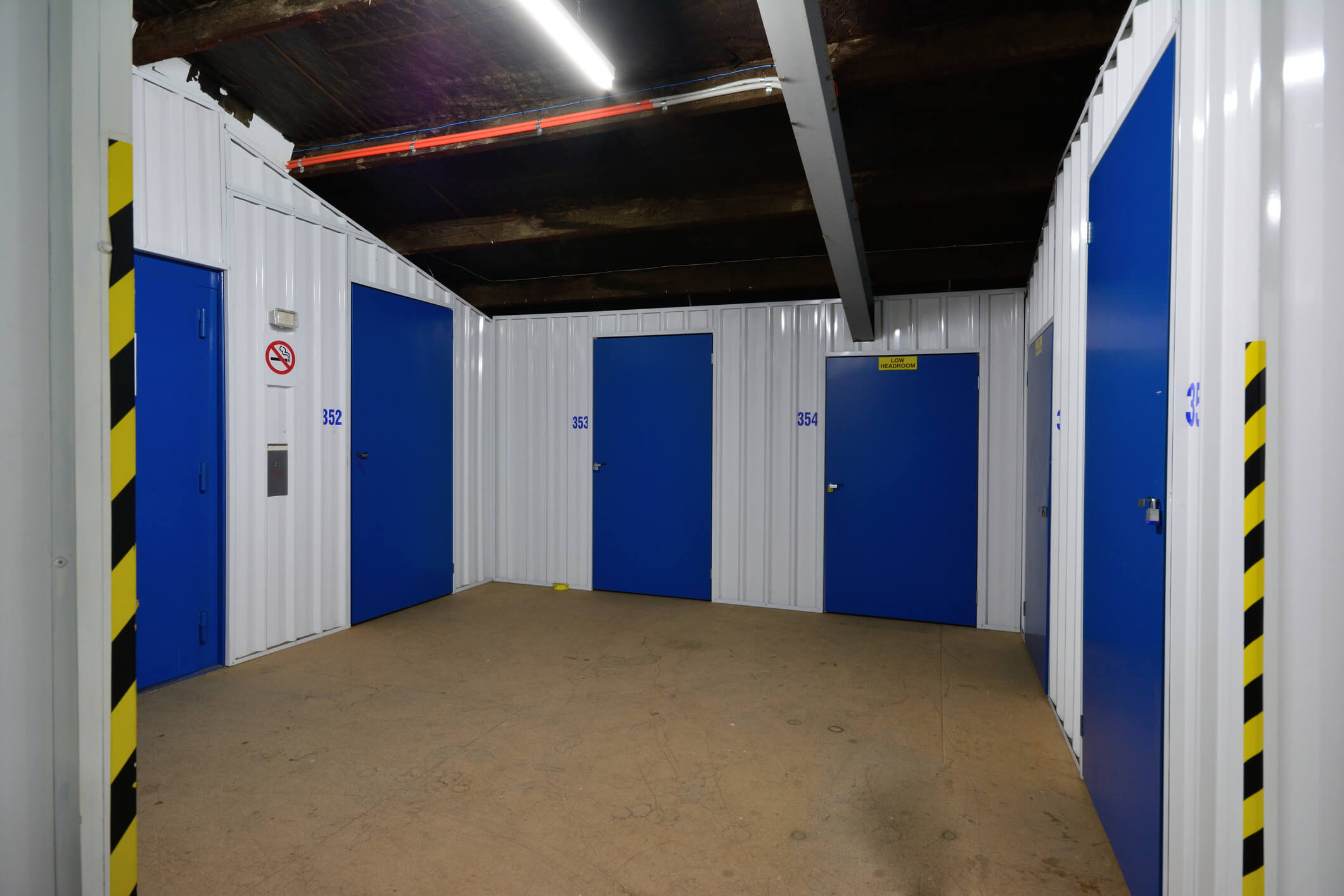Running a storage facility business involves significant operational risks that could force temporary closure or s…
Storage Facility Flood Insurance: Protecting Your Business Against Water Damage
Flooding poses one of the most significant threats to storage facilities across the UK, with the potential to cause devastating damage to buildings, stored goods, and business operations. Whether you operate a self-storage facility, commercial warehouse, or specialized storage operation, understanding flood insurance is crucial for protecting your investment and maintaining business continuity.
Understanding Flood Risk for Storage Facilities
Storage facilities face unique flood risks due to their typically large footprints, ground-level access points, and valuable contents. Unlike standard commercial properties, storage facilities often house goods belonging to multiple customers, creating complex liability scenarios when flood damage occurs.
The UK's changing climate patterns have increased flood frequency and severity, making flood insurance not just advisable but essential for storage facility operators. From coastal storm surges to urban drainage failures and river flooding, storage facilities must prepare for various water-related threats.
Types of Flood Coverage for Storage Facilities
Standard commercial property insurance typically excludes flood damage, making specialized flood insurance necessary. Storage facility flood insurance generally covers:
Building damage including structural repairs, electrical systems, heating and ventilation equipment, loading docks, and security systems. Contents coverage protects office equipment, maintenance tools, and facility management systems.
Business interruption coverage compensates for lost rental income during closure periods, additional expenses for alternative storage arrangements, and costs associated with customer notification and relocation services.
Customer goods liability provides crucial protection when stored items suffer flood damage, covering legal liability for customer property and potential compensation claims.
Assessing Your Facility's Flood Risk
Professional flood risk assessment considers multiple factors specific to storage facilities. Location analysis examines proximity to water sources, local drainage capacity, historical flood data, and ground elevation relative to surrounding areas.
Facility design factors include ground-floor unit vulnerability, basement or below-grade storage areas, drainage system adequacy, and flood barrier effectiveness. Construction materials and methods also influence both risk levels and potential repair costs.
Specialized Considerations for Different Storage Types
Self-storage facilities require coverage addressing customer relationship management during flood events, including communication costs, alternative storage arrangements, and potential customer compensation. Climate-controlled facilities face additional risks from HVAC system damage and temperature-sensitive goods protection.
Vehicle storage facilities need coverage for stored cars, boats, and recreational vehicles, with policies addressing both facility liability and customer property protection. Document storage facilities require specialized coverage for paper records, digital media, and climate control system failures.
Flood Prevention and Mitigation Strategies
Effective flood insurance works alongside prevention measures to minimize risk and potentially reduce premiums. Physical improvements include installing flood barriers, improving drainage systems, elevating electrical equipment, and creating emergency access routes.
Operational procedures should include emergency response plans, customer communication protocols, inventory management systems, and staff training programs. Many insurers offer premium discounts for facilities implementing comprehensive flood mitigation measures.
Claims Process and Documentation
Storage facility flood claims require extensive documentation due to the complexity of customer goods and facility operations. Pre-loss preparation should include detailed facility inventories, customer property records, financial documentation, and photographic evidence of facility conditions.
Post-flood procedures must address immediate safety concerns, customer notification requirements, damage assessment protocols, and temporary storage arrangements. Working with experienced adjusters familiar with storage facility operations ensures proper claim handling and fair settlements.
Cost Factors and Premium Considerations
Flood insurance premiums for storage facilities depend on multiple risk factors including location flood zone designation, facility elevation and construction type, historical loss experience, and chosen coverage limits and deductibles.
Premium reduction strategies include implementing flood mitigation measures, choosing appropriate deductibles, bundling with other commercial coverages, and working with insurers specializing in storage facility risks. Regular policy reviews ensure coverage keeps pace with facility improvements and changing risk profiles.
Regulatory and Customer Considerations
Storage facility operators must understand their legal obligations regarding customer property protection and disclosure requirements. Many jurisdictions require specific insurance disclosures in rental agreements, and some mandate minimum coverage levels for customer goods protection.
Customer communication about flood risks and insurance limitations helps manage expectations and reduces potential disputes. Clear rental agreements should address flood damage responsibilities, insurance requirements, and claim procedures.
Choosing the Right Insurance Provider
Selecting flood insurance requires working with insurers experienced in storage facility risks and familiar with industry-specific challenges. Providers should offer comprehensive coverage options, competitive pricing, responsive claims handling, and risk management support services.
Consider insurers offering additional services such as emergency response coordination, customer communication assistance, and business continuity planning support. These value-added services prove invaluable during actual flood events.
Future Considerations and Risk Management
Climate change continues affecting UK flood patterns, making ongoing risk assessment and coverage review essential. Storage facility operators should regularly evaluate their flood exposure, update prevention measures, and adjust insurance coverage accordingly.
Emerging technologies including flood monitoring systems, automated emergency responses, and improved construction materials offer new opportunities for risk reduction and potential premium savings.
Conclusion
Storage facility flood insurance represents a critical component of comprehensive business protection, addressing unique risks faced by facilities housing customer goods and managing complex operational requirements. Proper coverage protects not only physical assets but also customer relationships and business reputation.
Working with experienced insurance professionals ensures your storage facility receives appropriate flood protection tailored to your specific risks and operational needs. Regular coverage reviews and risk assessments help maintain adequate protection as your business grows and flood risks evolve.
The investment in comprehensive flood insurance provides peace of mind and financial protection, allowing storage facility operators to focus on serving customers while knowing their business can weather even the most severe flood events.


 0330 127 2333
0330 127 2333

